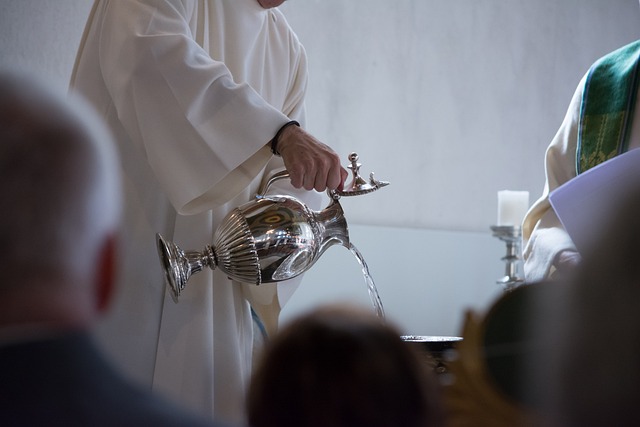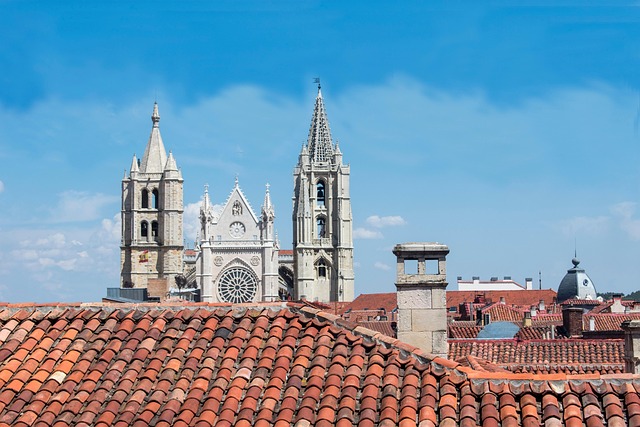The concept of the holy tent holds a profound place in various religious traditions, symbolizing a sacred space where believers connect with the divine. Often regarded as a mobile sanctuary, the holy tent represents not only a physical structure but also a spiritual haven for prayer, reflection, and ritualistic practices. Its significance extends beyond mere architecture; it encapsulates the essence of faith and community.
In many ancient cultures, the holy tent served as a dwelling for deities and a meeting point between the divine and humanity. For instance, in the Judaic tradition, the Tabernacle, often referred to as the holy tent, was a portable sacred space used by the Israelites during their wandering in the desert. It was within its confines that they could offer sacrifices, seek forgiveness, and receive the laws that would guide their lives. The tent was not just a structure of fabric and wood; it symbolized the presence of God among His people, fostering a sense of belonging and divine protection.
Across different religions, the idea of the holy tent manifests in various forms. In Islam, while not traditionally called a tent, the Kaaba in Mecca holds a similar significance as a sacred space towards which prayers are directed. Pilgrims encircling this revered structure often speak of experiencing a profound spiritual connection, much like that felt by those who worshipped within ancient tents. The act of gathering in these holy spaces reinforces communal bonds, encouraging shared devotion and collective spirituality.
A holy tent serves as a reminder of humanity’s quest for the sacred—a place where the hustle and bustle of daily life fades away, allowing for contemplation and connection. Rituals conducted within these sacred spaces often mark important life cycles, such as births, weddings, and commemorations. They offer a framework through which individuals and communities can express their faith, share stories, and create lasting memories shaped by spirituality and tradition.
Furthermore, the holy tent symbolizes the journey of faith. Just as these tents were assembled and disassembled, reflecting the transient nature of human existence, our spiritual journeys are often marked by periods of searching, struggle, and growth. The communal aspect of the holy tent underscores the idea that faith is best experienced in fellowship; when we gather, whether in a physical tent or a place of worship, we affirm our shared beliefs and support one another in our spiritual quests.
In contemporary faith practices, many religious groups continue to emphasize the significance of the holy tent by organizing retreats and outdoor gatherings. These events allow participants to step away from their routines, immerse themselves in nature, and reconnect with the sacred. The physical environment enhances spiritual engagement, reinforcing that the essence of the holy tent transcends its literal form.
Thus, the role of the holy tent in religious rituals is multifaceted. It stands as a powerful symbol of connection—between individuals and their faith, the community, and the divine. The emotions tied to these sacred spaces—faith, hope, unity, and reverence—remind us of our innate yearning for meaning and belonging. Embracing this legacy can deepen our understanding of spirituality, enriching both personal and communal experiences of faith.



